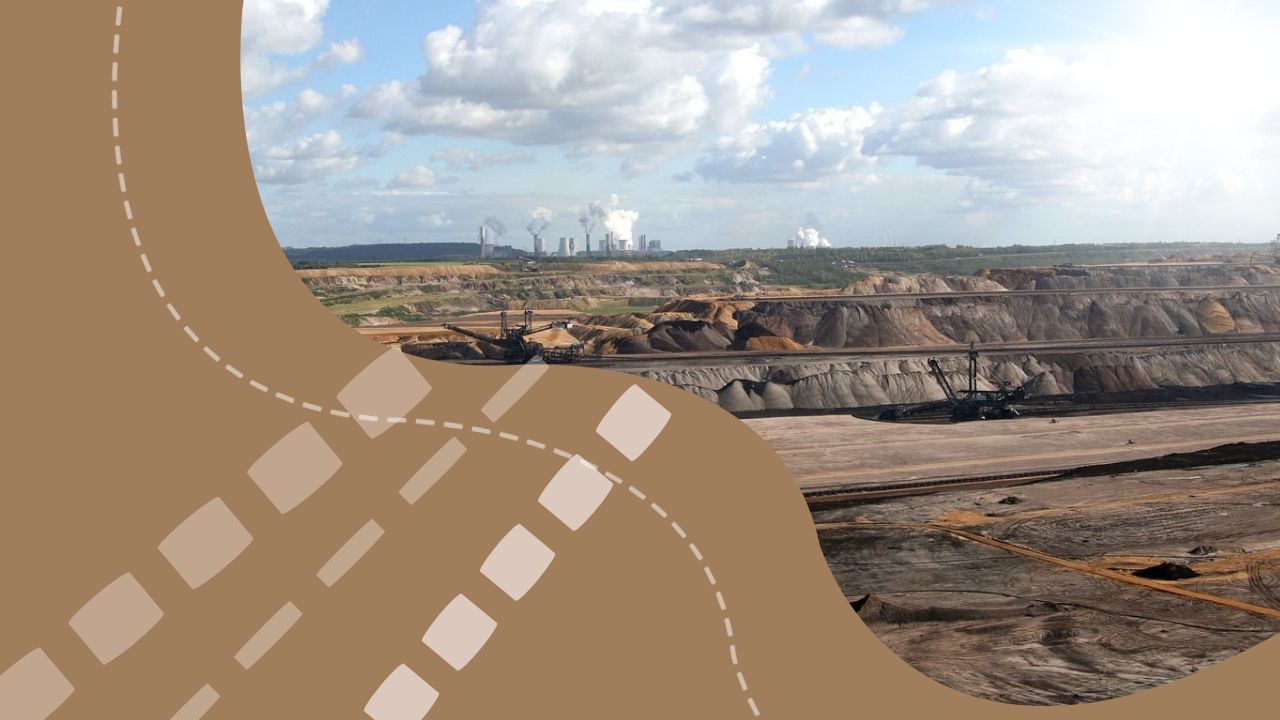Chromium continues to be the mineral with the greatest weight in Albania in terms of the number of permits granted for exploitation, as well as the quantity produced. The annual publication by the National Agency of Natural Resourcesreveals that a total of 920 thousand tons of chrome were produced in 2023, primarily for export.
“Albania is known for its significant potential in chrome ore compared to other Mediterranean and Balkan countries,” the report states. As of December 31, 2023, there were 236 active exploitation licenses in the chrome mining sector. Production activities are concentrated in the Bulqiza district, with around 120 active permits, followed by Kukës, Tropoja, and Hasi.
By the end of 2023, 920,769.98 tons of chrome ore were produced, mainly for export. The main chromium deposits are located in the Ophiolites of the Eastern Belt area, stretching from Tropoja and Kukës to Bulqizë, Shebenik, and Pogradec. Lesser development has been identified in the ophiolites of the western belt.
Geologically, chrome ore in Albania is found in three main regions:
- Northeast Region (Ultrabasic Massif of Tropoja and Kukës);
- Central Region (Ultrabasic Massif of Bulqiza and Lura, which is the most important);
- Southeast Region (Shebenik-Pogradec Ultrabasic Massif).
The publication also notes that in 2023, there were 552 active usage permits, mainly in Bulqiza, Krujë, Berat, Tirana, or Librazhd. Besides chrome, which holds the majority of active permits, limestone ranks second with 137 permits, according to the National Agency of Natural Resources.

